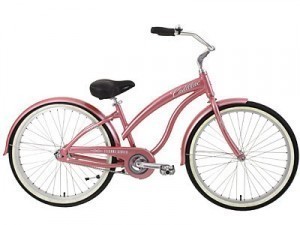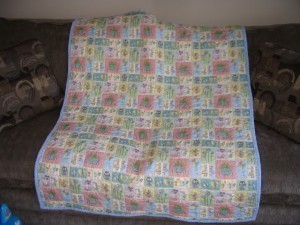Bike Frame Size for Women
Bike frame size for women can be as varied as those of men. The following is a general guide. On the surface, it would appear that men’s and women’s bicycles look the same. But there are some major differences between the two.
Size Charts
It’s very easy to find charts for women’s bicycles on the web. They can be a good starting point especially for a first time buyer. Frames are available in XS, S, M, L and XL. Extra large bikes are for ladies taller than 5 feet 8 inches. The L frames are appropriate for women who stand 5’6” to 5’8”.
Women who are 5 feet 3 inches and 5 feet 5 inches tall should go for medium size bikes. If you are 5 feet to 5 feet 3, a small frame will suffice. Women who are 4 feet 8 inches and 5 feet tall will be most comfortable with an extra small bike.
Some charts do not use letters. Instead they offer rider height, inseam length and the recommended frame size. Measurements may be in inches or centimeters.
Other Facts about Frames
As you study bike frame size for women, it pays to know the various components of a bicycle frame. The most vital are the top tube and the seat tube. The seat tube is used for measuring the vertical dimensions of a bike. The seat tube goes from the bottom bracket to the seat post. The bottom bracket is the frame’s circular center part just over the surface.
The top tube is from the handlebar to the seat post. Usually, women’s bikes are equipped with a shorter top tube compared to men’s bikes. This makes the handlebar easier to reach. This design is also perfect for girls who do not have long torsos. Short top tubes can lead to instability. However, this isn’t a problem because the seat tube angles are steep.
Bear in mind that manufacturers add new features to their bikes.
Certain components may also be tweaked or enhanced. Among the most frequently changed parts are brake/shifter levers and handlebars. The saddles in most of these bikes tend to have a wide rear so that women are more comfortable.
Bike frame size for women charts are created using averages. If your physiology differs from the average you may need to move up or down the recommended size. But there is no denying that they can be of assistance.





